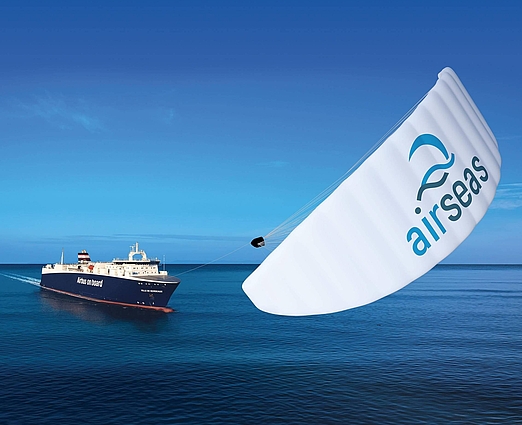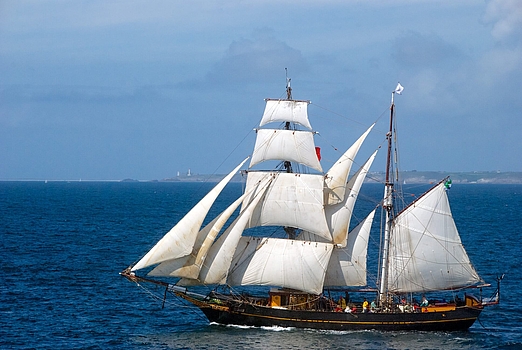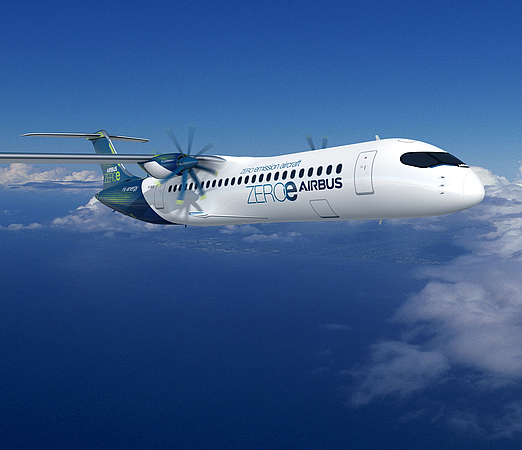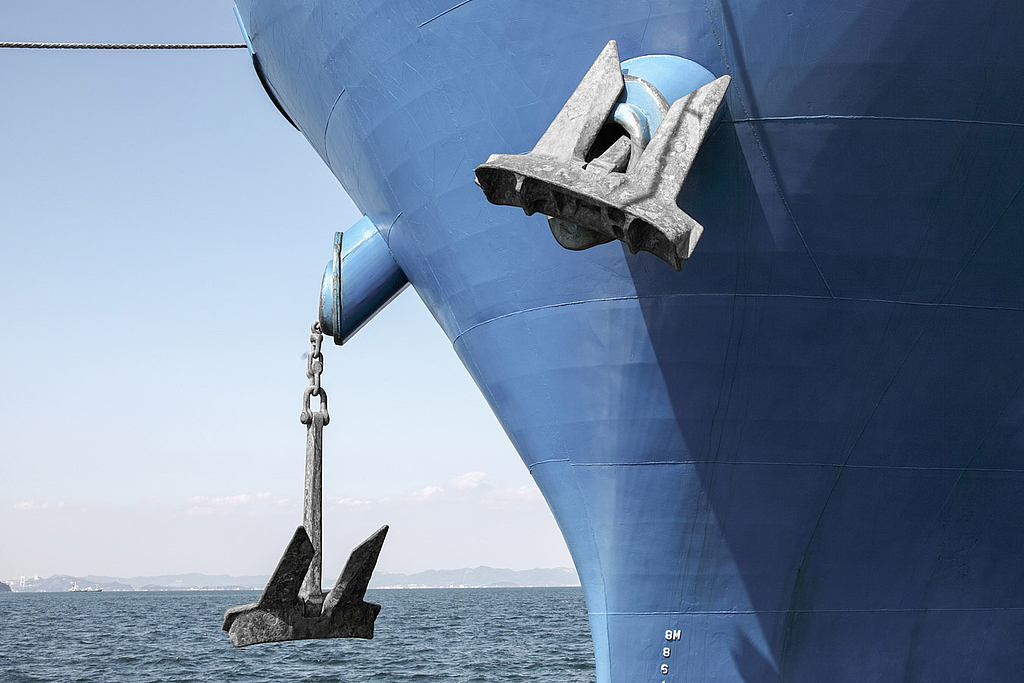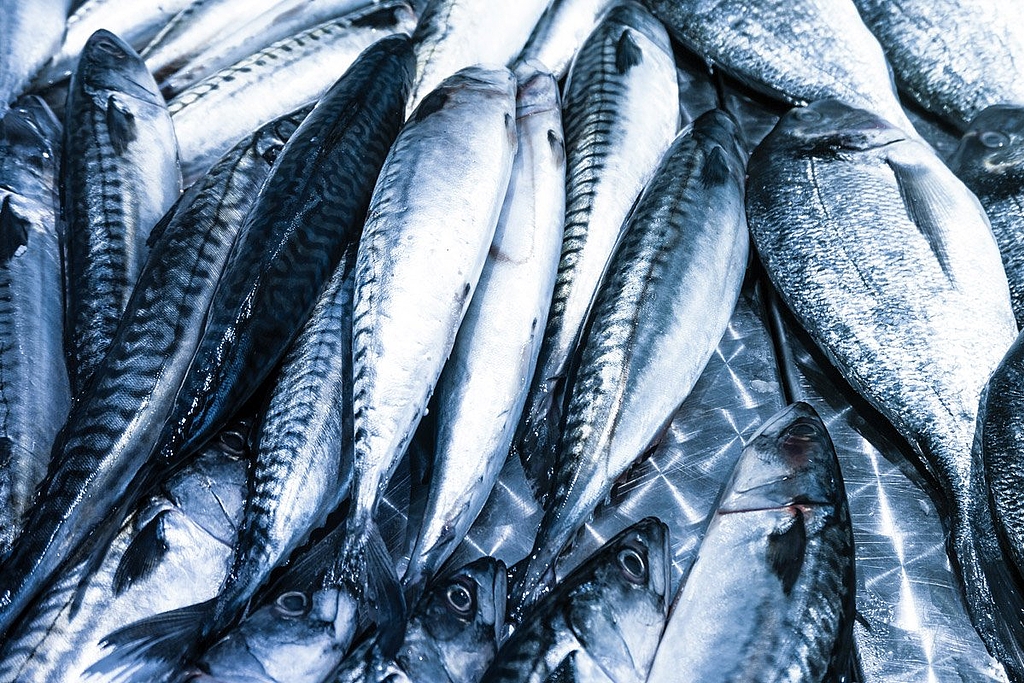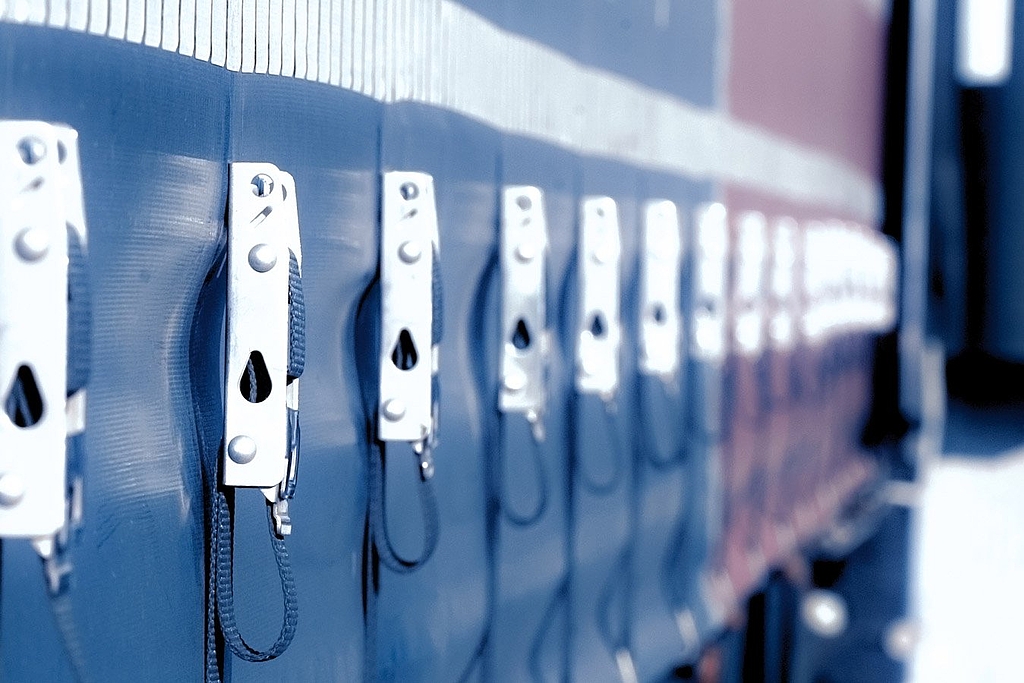How to make shipping green
Setting sail – sustainability in shipping
- Insights
Humans have been harnessing the power of the wind on high seas since time began. Years ago, wind was considered to be an auxiliary power system for transport ships within the scope of several promising projects. We’ll take a look at two current projects: An innovative sail is used to supplement the current drive system for “WISAMO” , while “CargoKite” focuses purely on wind propulsion and a special type of ship. Reduced costs and less air pollution are the main benefits providing the required tailwind for both concepts.








